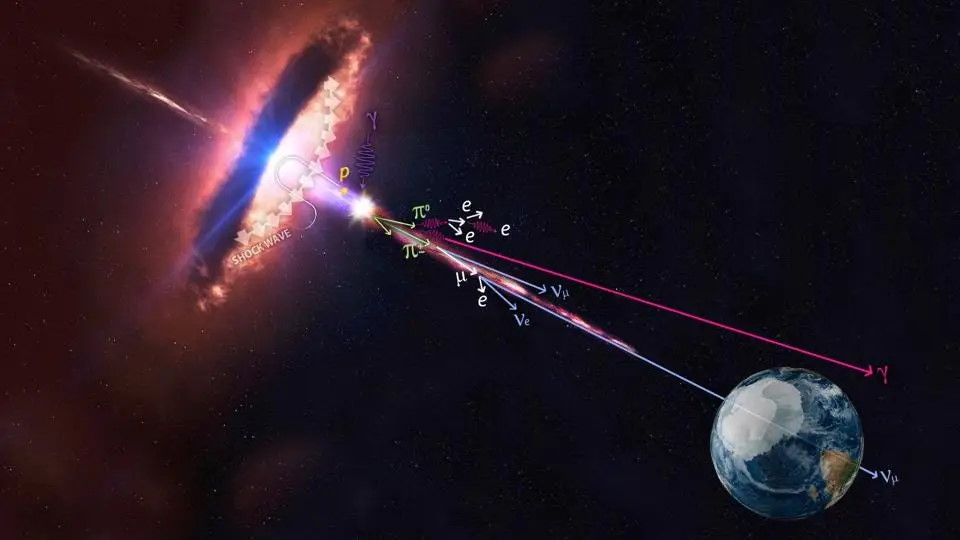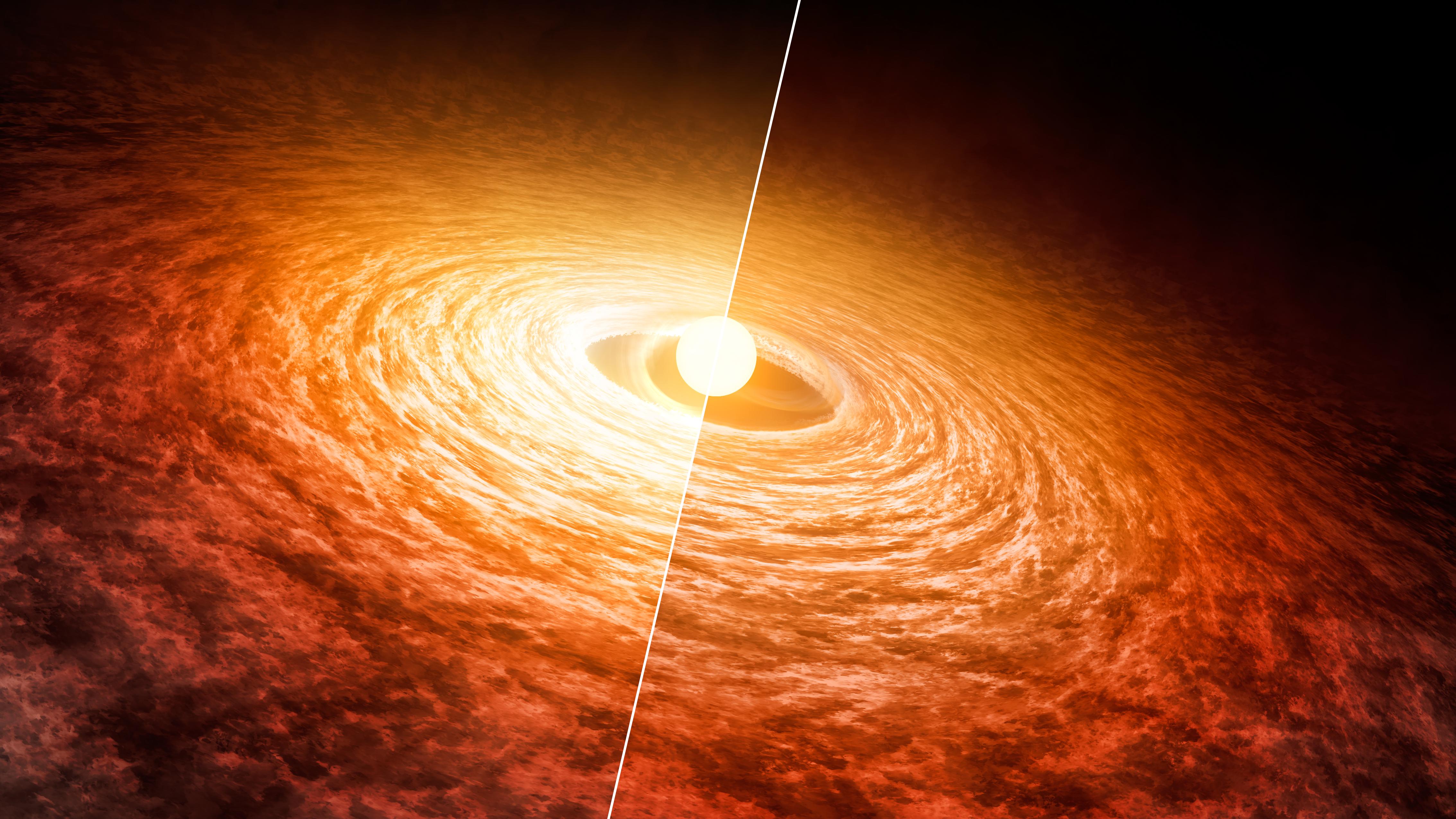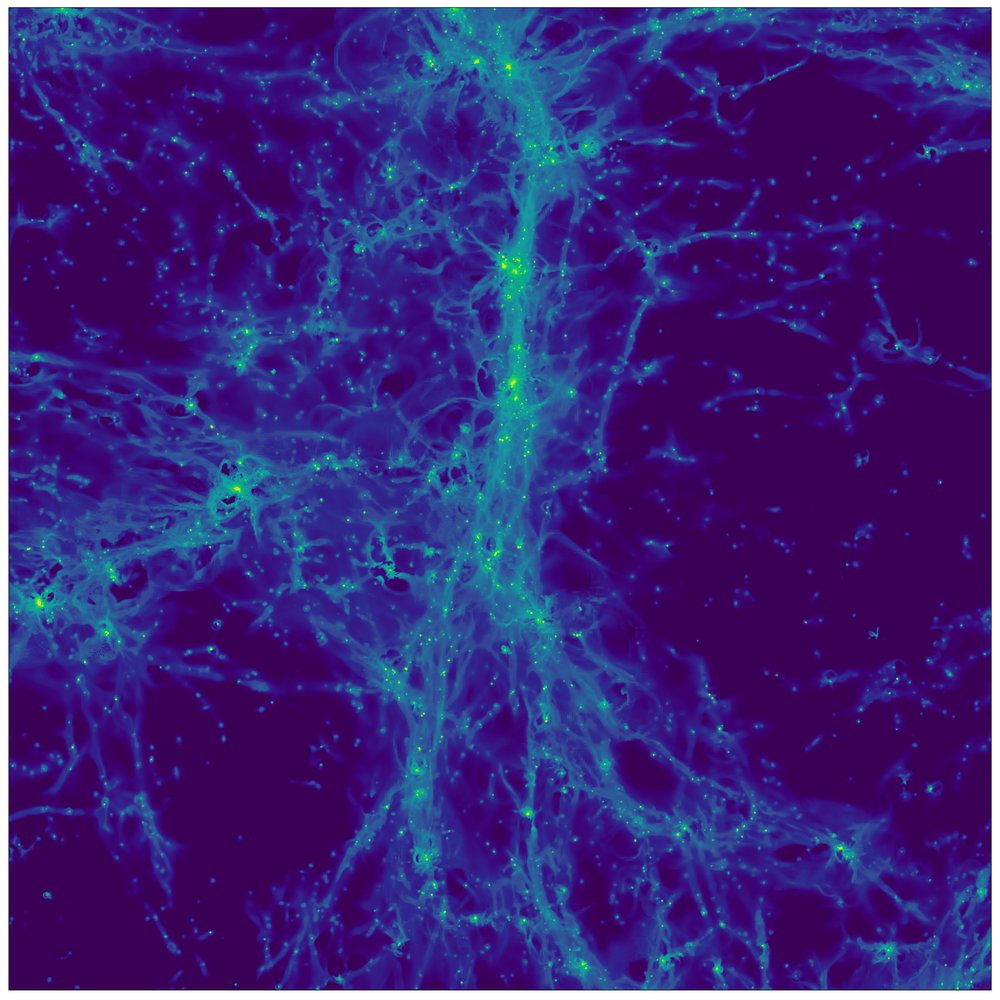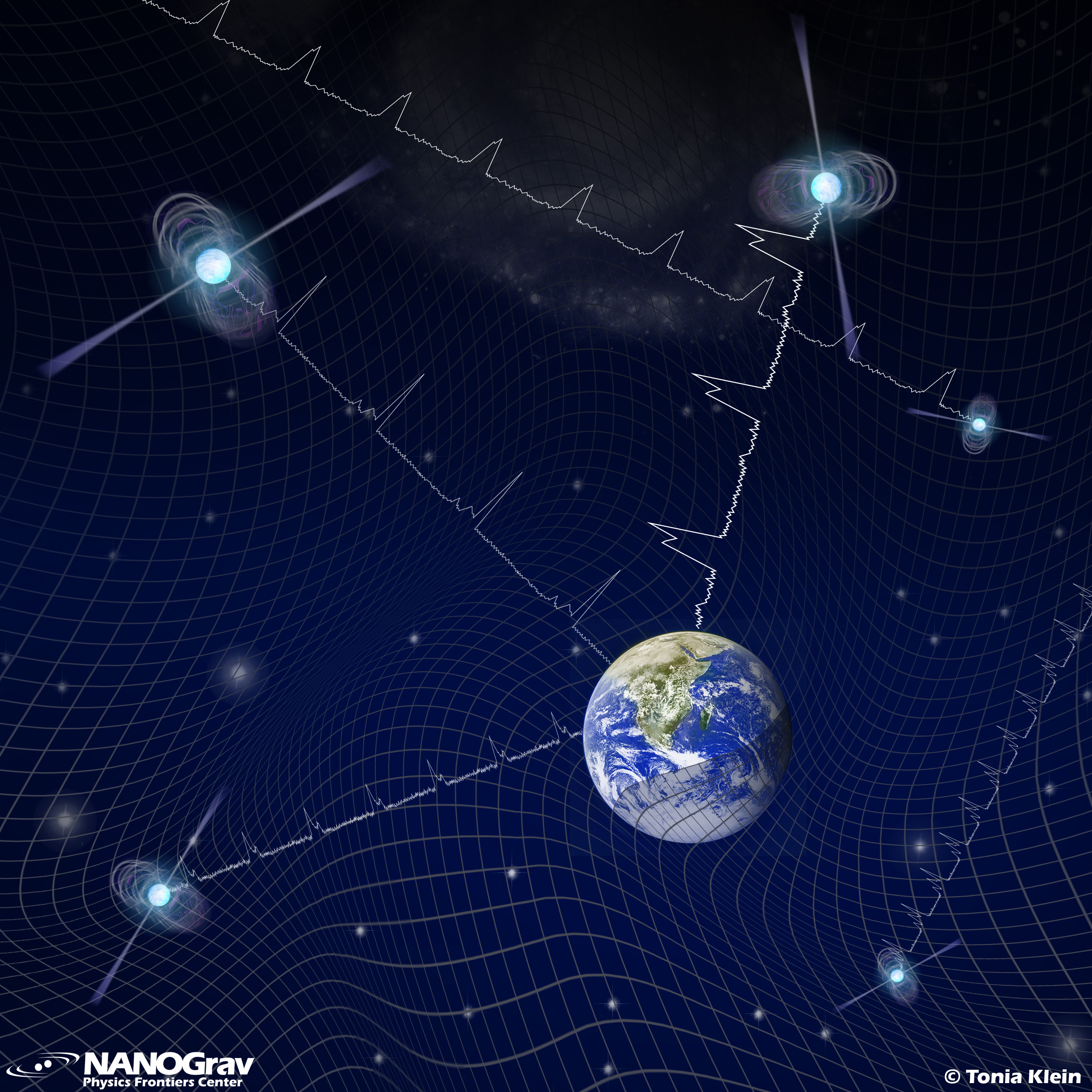Starts With A Bang podcast #88: From dust till cosmic dawn
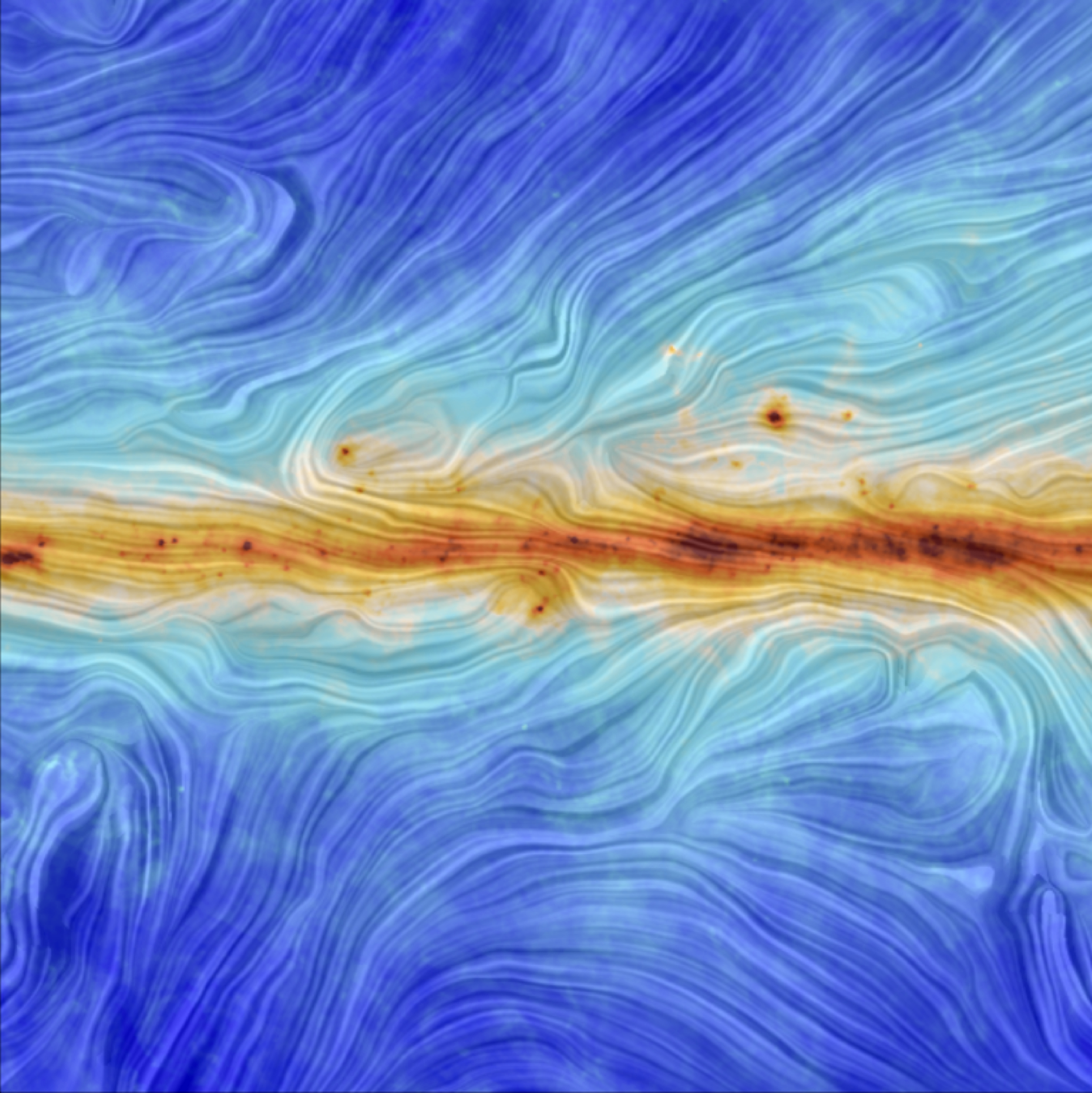
- To most astronomers, dust is something that’s in the way, hindering or even preventing us entirely from viewing the Universe as a whole.
- But to some astronomers, dust itself is incredibly interesting, from how it’s produced to how it makes planets and eventually even leads to living creatures.
- Join PhD candidate Carla Arce-Tord, along with your host Dr. Ethan Siegel, as we explore the Universe from dust till cosmic dawn.
For a cosmologist like me, “cosmic dust” is a thing that’s in the way, confounding our data about the pristine Universe, and it’s a thing to be understood so that it can be properly subtracted out. But the old saying, that “one astronomer’s noise is another astronomer’s data,” proves to be more true than ever with cosmic dust, as how it’s produced, where it came from, and how it comes together to form planets, molecules, and eventually creatures like us, are some of the most essential elements necessary for us to exist within this Universe.
In visible light, cosmic dust is normally just a starlight blocker, but in other wavelengths of light, its composition, distribution, density, grain size, polarization, and many other kinetic and thermal features can be revealed. Here to guide us through the ins-and-outs of cosmic dust, with a special view towards millimeter, submillimeter, and radio wavelengths, I’m so pleased to welcome PhD candidate Carla Arce-Tord to the show. Enjoy this far-ranging tour of cosmic dust, and perhaps by the end you’ll walk away inspired about all there is to know as well as the remarkable people making it happen!
And note that the Starts With A Bang podcast is now available on Soundcloud, Spotify, Apple Podcasts, and on many other platforms!
